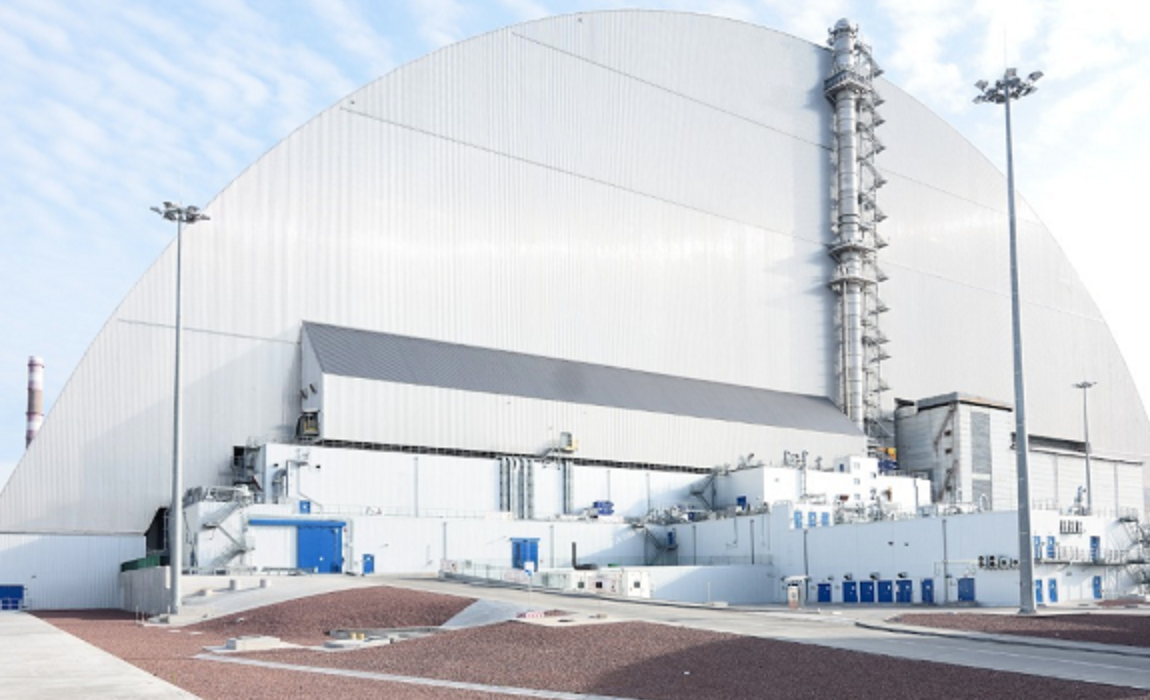Chernobyl: EBRD steps up support on 35th anniversary of world’s worst nuclear accident

- Strengthening Institutions & good governance
- Security, cross-border cooperation & border management
- Connectivity, energy efficiency, environment and climate change
- Environment & climate change
- Mobility & people-to-people contacts
- Research & Innovation
- Health
Today is the 35th anniversary of the worst nuclear accident the world had ever seen, with far-reaching political, economic and ecological consequences. To commemorate this tragedy, the European Bank for Reconstruction and Development is organising the first assembly meeting of its new International Chernobyl Co-Operation Account on 27 April.
The fund was established by the EBRD in November 2020 following a request by Ukraine to create an integrated plan for the site. This plan will serve as the basis for developing and implementing longer-term projects.
On 26 April 1986, the failure of a routine test at the Chernobyl Nuclear Power Plant in Ukraine, then part of the Soviet Union, caused reactor 4 to explode, releasing parts of its radioactive core. The accident destroyed the reactor, killing 30 operators and firemen within three months and causing numerous other deaths in the weeks and months that followed. Wind carried contaminated particles over Ukraine, Belarus and Russia, as well as parts of Scandinavia and wider Europe. The 50,000 inhabitants of the adjacent town of Pripyat were evacuated, never to return.
In 2001 a landmark decision to build an arch-shaped steel structure, called the New Safe Confinement (NSC), to seal off reactor 4, was taken according the G7 Action Plan to improve nuclear safety in central and eastern Europe. In total, the EBRD has managed close to €2 billion in donor funds through the Chernobyl Shelter Fund and Nuclear Safety Account, providing €715 million of its own resources to complete the Interim Storage Facility and New Safe Confinement.
The estimated 200 tonnes of radioactive nuclear fuel inside reactor 4 are now shielded by the New Safe Confinement. However, parts of the sarcophagus are becoming unstable and will have to be removed at some point. Once this is done, work will come closer to the reactor’s interior.
The NSC has a lifespan of 100 years. This means that the next phase of work now has to be planned, agreed and implemented – the work to be done by the EBRD’s new International Chernobyl Co-Operation Account.
Find out more